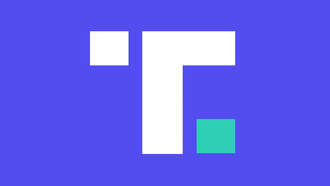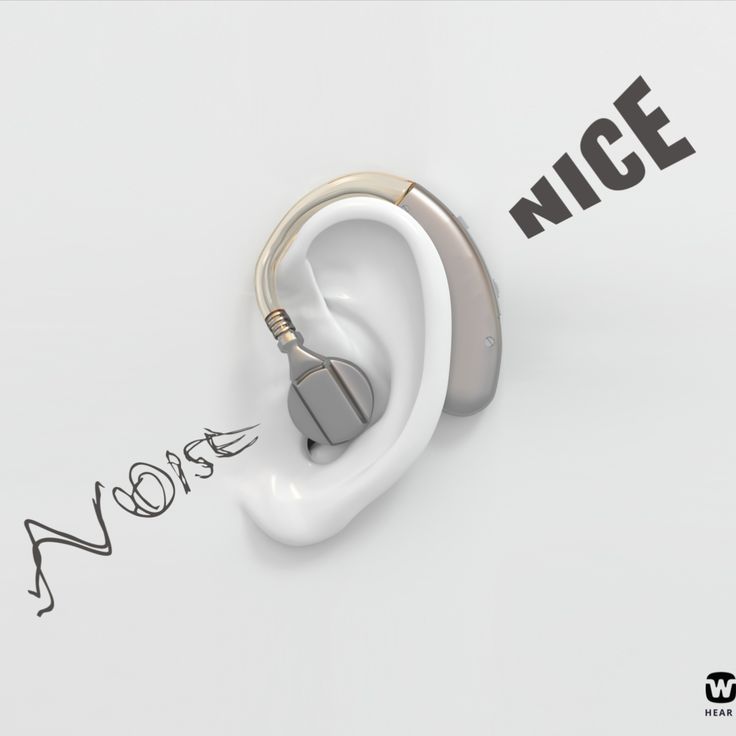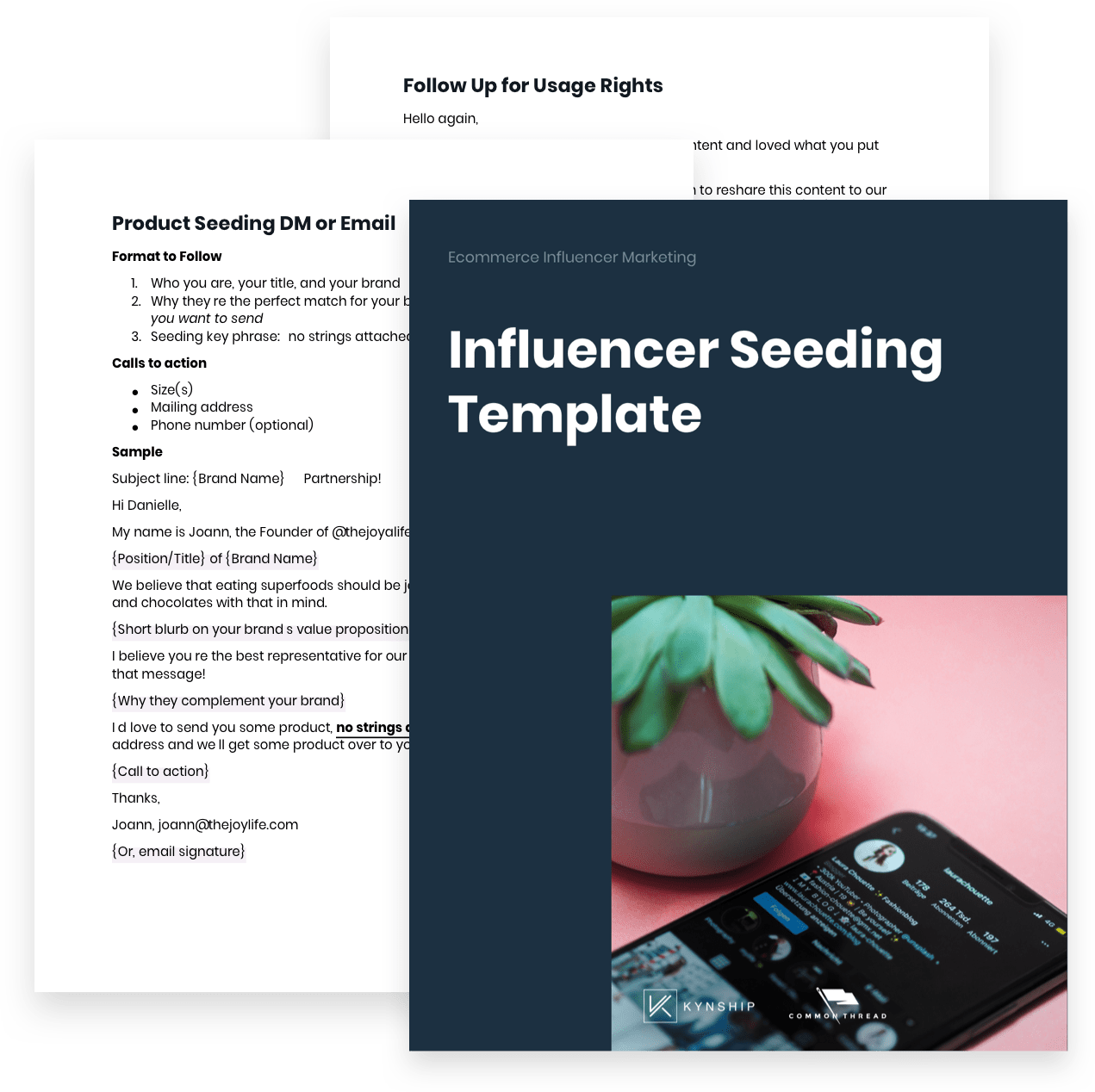
Print advertising can include coupons, flyers, business cards and billboards. These ads work best when they catch the eye of potential customers and encourage them buy from you company.
Print ads typography
Print advertisements have long used typography as a design tool. It can be used as a visual representation to convey the advertiser’s message better than any picture. This is the main purpose for this medium.
It is important to choose the right font style for your typography print ads. A bad font can make it difficult to read. It should have clear, consistent lines that accentuate the visual aspect of the advertisement. It should be easy-to-read, with consistent weight and good kerning.
Illustrations in print ads
An advertisement must include strong illustrations that capture the reader's attention, motivate them to take action and grab their attention. This could be a photo, drawing, or stock drawing that depicts an item. It could also be a person, animal, or combination of both.

An illustration that stands out can make the difference in a print ad's effectiveness or failure. A professional illustration will be compelling and irresistible, as well as promote the product or service advertised.
Pedigree printed ads
Pedigree uses logos and pathos to make their products memorable in print ads. This is especially important when it comes to pet food.
Two magazine ads featured in this article showcase the Pedigree brand and are appealing in a unique way. These images evoke an emotional response in consumers and encourage them to adopt pets from shelters.
Whether your business is large or small, a strong logo and a creative ad can make your business stand out from the competition. This is particularly important for a small business.
Headlines in print ads
The headlines of your ad catch the eye and make it tempting to read more. They are the first thing people see, so be concise and interesting.

Copy for print ads
The body copy is what explains the message and how it will benefit your business. This document can be long, so make it easy to read.
Subheadings are another helpful strategy for helping your reader scan print ads and understand the message. Subheadings with information can be used to attract the reader and also provide structure to your copy.
FAQ
What is the best way to learn about television advertising?
Television advertising is a powerful medium to reach many people at one time. It was also very expensive. It can still be very powerful if used correctly.
Although there are many kinds of TV ads to choose from, all share the same characteristics. You must ensure your TV ad fits within the category it is being placed. Do not attempt to run a lifestyle advertisement as a product advert. Your message must be consistent throughout the campaign.
Second, prime-time hours are the best times to air your ads. This is because most viewers watch TV while relaxing in front of the set. They should be able to concentrate on what you are saying.
Don't assume that just because you have lots of money, you will achieve great results. In fact, the opposite may be true. The University of California conducted a study that found commercials shown on popular programs were less likely than those on non-popular programs to sell products. So, if you spend a lot of money on TV advertising, ensure you do it right.
What is an advert buyer?
Advertising space is purchased by an advertiser on TV, radio and printed media.
Advertisers are paid for the time that their message will appear.
They don't necessarily seek the best ad; they want to reach their target markets with the most effective ad.
An advertiser might have information specific to their potential customers such as age and gender, marital status or occupation, hobbies, interests, income, etc.
Advertisers can use these data to determine the best medium for them. For example, they might decide that direct mail would be more effective with older audiences.
Advertisers also look at the competition. If there are similar businesses nearby, they might choose to place their ads near those competitors.
Advertisers also need to consider their budget size and how long they will spend it before it expires.
How do I choose my target market?
Start with yourself and those close to you. Do you not know where to start? Ask yourself "Whom do I want to reach?"
Ask yourself these questions: Who are the most influential people in my industry? What problems do they have to deal with every day? Which people are the most intelligent in my industry? Where can they be found online?
Rewind to the beginning, when your business was founded. Why did you start? What problem did you solve for yourself, and how did you do it?
These questions will enable you to identify your ideal client. You'll also learn more about what makes them tick and why they buy from you.
Look at your competitors' sites and social media pages for clues as to who they cater.
Once you've identified your target customers, you'll need to decide which channel(s) to use to reach them. A website might be created to reach home buyers, for instance, if your business provides services to agents in real estate.
You could create a blog if you offer software to small business owners.
You could also create a Facebook account for teens if you sell clothing. If you own a restaurant, you can set up a twitter account to provide information for parents searching for child-friendly options.
This is the point: There are many ways to communicate your message.
How much does it cost for social media advertising?
Social media advertising is expensive if you choose to take this route. You'll be charged monthly according to how long you spend on each platform.
Facebook - $0.10 per 1,000 impressions
Twitter - $0.20 for 1,000 impressions (if tweeting)
Send out invitations on Linkedin for $0.30 per 1000 impressions
Instagram - $0.50/1000 impressions
Snapchat - $0.60 for 1,000 impressions ($0.40 Per User)
YouTube - $0.25 for 1,000 views
Tumblr - $0.15 per 1,000 impressions for text posts.
Pinterest - $0.05 per 1,000 impressions per month
Google + $0.15-$0.20 for 1,000,000 impressions
Tumblr – $0.15 - $0.20 per 100,000 impressions
Vimeo - $0.20 to $0.25 per 10,000 impressions
Soundcloud - $0.20-$0.25 per 1 million plays
StumbleUpon - $0.20 -$0.25 per 1 billion pageviews
Digg - $0.20 to $0.25 per 1000 diggs
Reddit - $0.20-$0.25 per 1000 comments
Wordpress – $0.20--$0.25 Per 500 Comments
Flickr - $0.20 -- $0.25 per 5,000 photo uploads
What is affiliate marketing?
Affiliate marketing allows you to make money by referring people to other websites that sell products or services. The product owner pays you when someone buys from you.
Affiliate marketing is built on referrals. Referring people to your website is all that's required. All they have to do is to refer them the website.
You can make money without doing any hard selling at all. It's easy to sell just as much as it is to purchase.
An affiliate account can be created in minutes.
You will get more commission if you refer more people.
There are two types.
-
Affiliates who own their websites
-
Affiliates who work for companies that offer products and services.
Social media is a great way to advertise your business.
Social Media Marketing (SMM) allows you to reach customers where they are - on social networks such as Facebook, Twitter, LinkedIn, YouTube, Google+, etc. You can also target certain groups on these networks with keywords.
This advertising strategy is cost-effective as it costs less than traditional methods to market online. You can also build strong relationships and trust with your clients, both current and prospective.
It's easy to start using social media to promote your business. All you require is a smartphone, computer or laptop and Internet access.
What do you need to know about print advertising?
Print advertising can be a powerful medium for communicating with customers. Many companies use it to promote products and services. The main goal is to catch the attention and buy from the consumer.
Print ads are typically one page long and include text, images, logos and other graphics. They may also include sound, animation, video, and hyperlinks.
Here are the main types and classifications of print advertising:
1. Brochures: These large-format printed pieces are meant to draw customers into stores. Brochures are filled with eye-catching designs, colorful pictures, and attractive graphics.
2. Catalogues- These are smaller versions and variants of brochures. They are sent to customers who have requested specific information.
3. Flyers – These are tiny pieces of paper distributed at events like concerts or fairs. They are generally free but must be paid for if they are handed out at retail outlets.
4. Posters – These are larger versions for flyers. These flyers can be displayed on buildings, fences and walls. They are usually made using computer software programs, which is designed to draw the eye of passersby.
5. Direct mail - These are letters or postcards that are sent directly to potential customers. These are sent periodically by companies to remind current customers about their business.
6. Newspaper Ads – These are ads that appear in newspapers or magazines. These ads are often quite long and include both text and images.
Statistics
- Google will display whichever ad type (CPM or CPC) is expected to earn more revenue for the publisher, which is in Google's best interest since they take a 32% share of the revenue. (quicksprout.com)
- This means that at least 50% of an ad needs to be shown on the screen for at least one second. (quicksprout.com)
- In 1919 it was 2.5 percent of gross domestic product (GDP) in the US, and it averaged 2.2 percent of GDP between then and at least 2007, though it may have declined dramatically since the Great Recession. (en.wikipedia.org)
- It collects money from the advertisers, keeps 32% for its role in facilitating the process, and the remaining 68% goes to the publisher (you). (quicksprout.com)
External Links
How To
How to advertise Facebook
Facebook is one the most used social media platforms in the world. Facebook is used by over 1 billion people per month. Facebook is one of the most important companies in the world. Facebook's unique features such chat, video calling, games and others are why it is so popular. People who have Facebook accounts can upload photos, make comments, send emails, view videos and even play games. Facebook offers businesses the ability to promote themselves via advertisements. These advertisements include text ads. Banner ads. Sponsored stories. Promoted posts.
Facebook advertising can be done in two ways. The first is to pay advertising. Another option is to use free advertising. These two options will be discussed below.
How to advertise on Facebook through paid options
Paid advertising is paid by Facebook for each impression. You can choose to either pay monthly, or annually. Facebook offers several types of paid advertisement. These are:
Text ads: These are similar in appearance to regular texts ads. However, they appear above or below the feed instead of being shown next to newsfeed items.
Banner ads are large, rectangular images that take up the entire screen. They typically advertise an offer, or a product.
Promoted posts - These are similar to regular posts and appear at the top newsfeed. Promoted posts are often used by businesses to promote their products.
Sponsored Story - These are short stories that contain relevant content and appear at users' top feeds. These stories are paid for by businesses and brands looking to reach potential customers.
Advertising with free options
Facebook offers free advertising. It uses the same methods as regular Facebook. These include Text ads, Banner ads, Promoted Posts, Sponsored Stories, and other forms of advertising.
You can't create a custom audience through free advertising, but this is not the case with regular Facebook. You can only target people based on age, gender, location, language, interests, and relationship status.
How to get started advertising on Facebook
The first thing you need to do if you want to start advertising on Facebook is to sign up for an account. This will allow you to access all tools. These are the steps you need to follow in order to create an account.
-
Click "Create a new ad set."
-
You can enter a name to create your ad group.
-
Select the type you'd like to advertise (text, image, or video).
-
Pick the areas you want to target.
-
Fix the budget amount.
-
If you use Facebook Audience Network, select it from the drop-down menu.
-
Click "Next Step"
-
Click "Review & Continue".
-
After reviewing your selections, click "Continue".
-
Complete any additional information.
-
Click "Save changes."
-
Do not start your campaign until the expiration date of your ad campaign.
-
When your campaign is complete, click "View Ad Statistics."
-
You can check the results of your campaign.
-
Keep repeating steps 13-16 till you find the best setting for your business.
-
Advertise today!